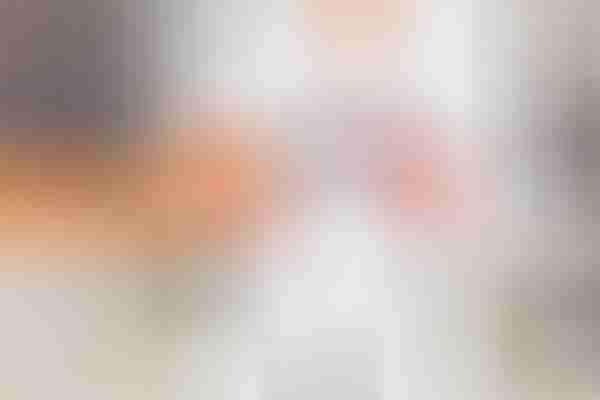Diabetic retinopathy causes low vision through damage to the blood vessels in the retina. High blood sugar levels in diabetic patients can lead to the weakening of these blood vessels, causing them to leak fluid or bleed. This may create swelling, distortion, and scarring in the retina, leading to vision loss or impairment. Early detection through regular low vision exams by a low vision optometrist can help manage and minimize the progression of the disease, emphasizing the importance of proper diabetic eye care.














